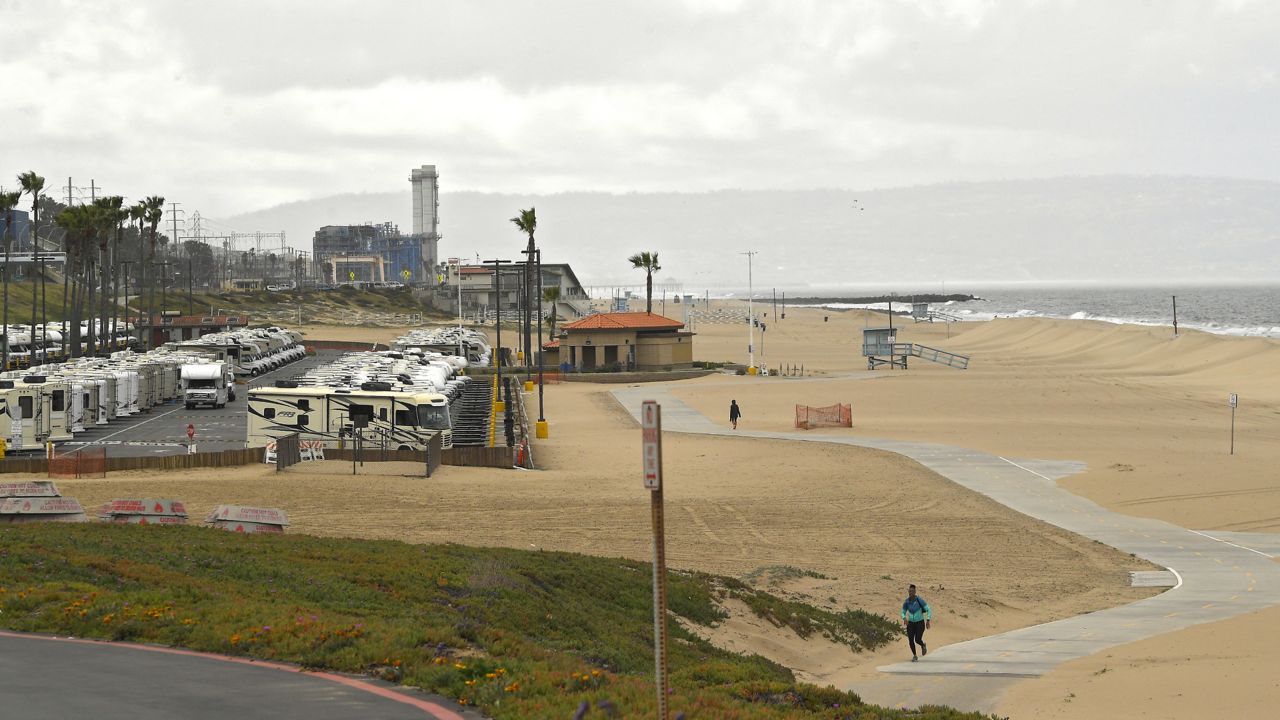EL SEGUNDO, Calif. (CNS) — The Los Angeles County Department of Public Health has reopened the swim areas north of El Segundo that were closed following a 17-million-gallon sewage spill on Monday.
Ocean water samples collected over the last two days met state standards for acceptable water quality, the department announced.
In an abundance of caution, the Department of Public Health will continue to sample affected beaches through Thursday.
The following swim areas have been reopened:
- Beach #110: Dockweiler State Beach at Water Way Extension
- Beach #111: Dockweiler State Beach at Hyperion Plant
- Beach #112A: El Segundo Beach
- Beach #112B: Grand Ave. Storm Drain
On Monday LA County Supervisor Janice Hahn announced the closure on Twitter, writing that a power outage Sunday at the Hyperion Water Reclamation Plant caused untreated sewage to spill into the ocean.
Hyperion Executive Plant Manager Timeyin Dafeta issued a statement Monday afternoon saying that on Sunday afternoon, the plant "became inundated with overwhelming quantities of debris, causing backup of the headworks facilities. The plant's relief system was triggered and sewage flows were controlled through use of the plant's one-mile outfall and discharge of untreated sewage into Santa Monica Bay."
Dafeta said the 17 million gallons of sewage — about 6% of a daily load — were discharged as an emergency measure through the one-mile outfall to prevent the plant from going offline and discharging more raw sewage. Normally, treated sewage is discharged through the five-mile outfall.
"Thanks to these efforts, and significant equipment improvements that have been made in recent years in partnership with several environmental groups, the amount of flow into the ocean was mitigated and the plant remained online," Dafeta said.
"These improvements included the reconfiguring of in-plant storm basins to pump sewage back into the plant in cases of emergency; screens were installed on all catch basins to prevent untreated debris from entering the storm drains and out to the ocean; and a Headworks Bypass had been installed to prevent raw sewage overflowing out of the Headworks building and into the street," Dafeta said.
